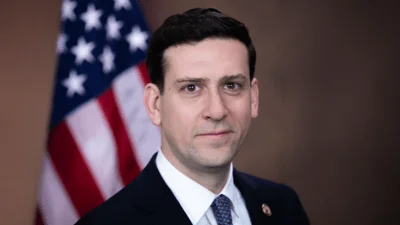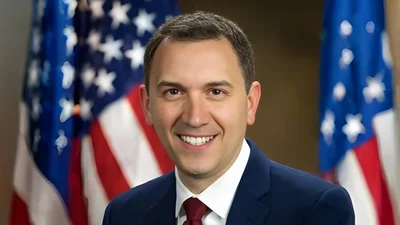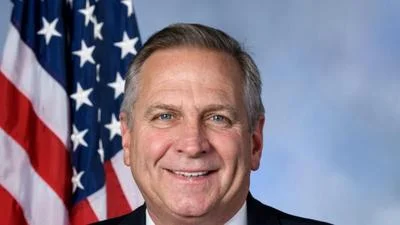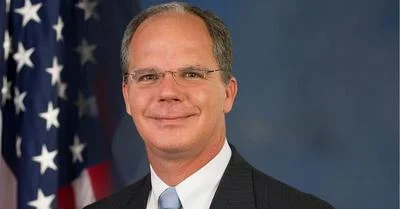The FY2018 Defense Appropriations bill would exceed the Budget Control Act limit on defense spending without raising the cap, and trigger a 13% sequestration of all defense accounts across five Appropriations bills. It would all but ensure one or more Continuing Resolutions to prevent another government shutdown, and the massive, one-year increase would create a future funding cliff and unpredictability for military commanders.
2017 enacted level, base: $516 billion
2017 enacted level, OCO: $83 billion
2018 budget request, base: $566 billion
2018 budget request, OCO: $64 billion
2018 Chairman’s mark, base: $584 billion
2018 Chairman’s mark, OCO: $74 billion
Key Points:
* By appropriating in excess of the Budget Control Act cap on defense spending but failing to actually raise the cap, the bill if enacted would trigger a 13% across-the-board sequestration of defense accounts in the Defense, Military Construction-VA, Energy & Water, Homeland Security, and Commerce Justice Science bills.
* Massive one-year increases in procurement and personnel also entail huge costs in the future, increasing unpredictability in budgeting for military commanders.
* The majority’s need for Democratic votes in both the House and Senate to enact appropriations law, and the majority’s continued attempts to underfund critical nondefense priorities raise the likelihood of an inability to enact year-long funding and need for Continuing Resolutions to prevent a disastrous government shutdown.
The Chairman’s mark provides:
* $138.2 billion for Military Personnel, which is $6.1 billion more than the FY2017 enacted level and $96 million more than the President’s request.
** This funding level would increase end strength by 17,000.
* $240.9 billion in for Operations and Maintenance, which is $25.6 billion more than the FY2017 enacted level and $ 4.3 billion more than the President’s request.
* $148.9 billion in for Procurement, which is $ 31.2 billion more than the FY2017 enacted level and $25.3 billion more than the President’s request.
* $84.3 billion for Research and Development, which is $11.5 billion more than the FY2017 enacted level and $ 941.9 million more than the President’s budget request.
* $7.94 billion for cyberspace operations, which is $1.26 billion more than the 2017 enacted level and $140 million less than the budget request.
* $4.8 billion for the European Reassurance Initiative, which is $1.4 billion more than the 2017 level and equal to the budget request.
* $4.94 billion for the Afghanistan Security Forces Fund, which is $675 million more than the 2017 enacted level and equal to the request.
* $1.77 billion for Counter-ISIL Train and Equip, which is $789 million more than the 2017 enacted level and equal to the budget request.
* $1 billion for Congressional directed medical research programs, which is equal to the 2017 enacted level.
* $705.8 million for the Israeli Missile Defense Cooperative program, which is $105 million more than the 2017 enacted level and $558 million more than the budget request. Additionally, $47.5 million is provided for tunnel detection research.
* $250 million, for the Rapid Innovation Fund to incorporate small business developments into DoD programs, which is equal to the 2017 enacted level.
* $235 million for facilities maintenance of Department of Defense schools.
* $25 million for continued implementation and expansion of the Sexual Assault Special Victim’s Counsel Program.
* $150 million in OCO for Ukraine, which is equal to the 2017 enacted level and the budget request.
* Provides a 2.4% military pay increase, compared to the President’s request of 2.1%.
* Prohibits funding to propose, plan for, or execute a new BRAC round.
* Prohibits funding to transfer or release Guantanamo Bay detainees to the U.S.; for construction, acquisition, or modifying facilities in the U.S. to house detainees; for transfer of detainees except in accordance with National Defense Authorization Act; or to close or transfer Guantanamo Bay from DoD’s jurisdiction.
* Seven National Defense Restoration Funds totaling $28.6 billion, which are contrary to the responsibility of the Appropriations Committee to be a steward of taxpayer dollars rather than writing blank checks without transparency or direction.
Source: U.S. Department of HCA








